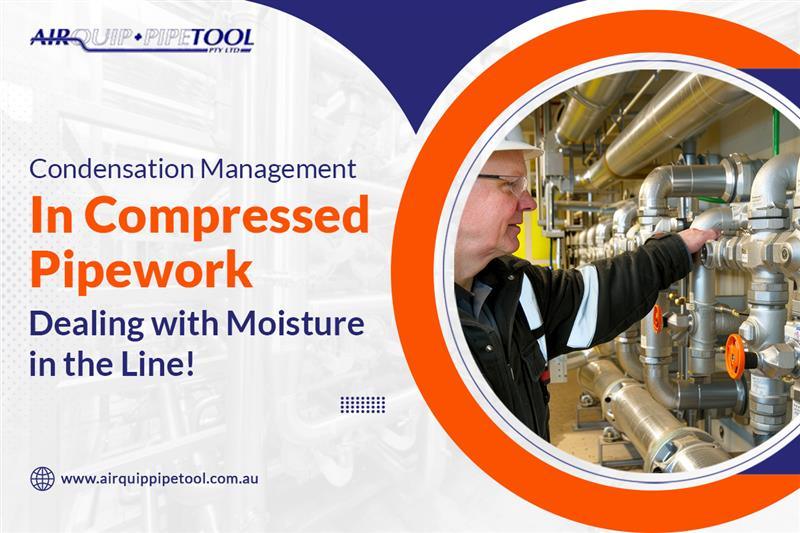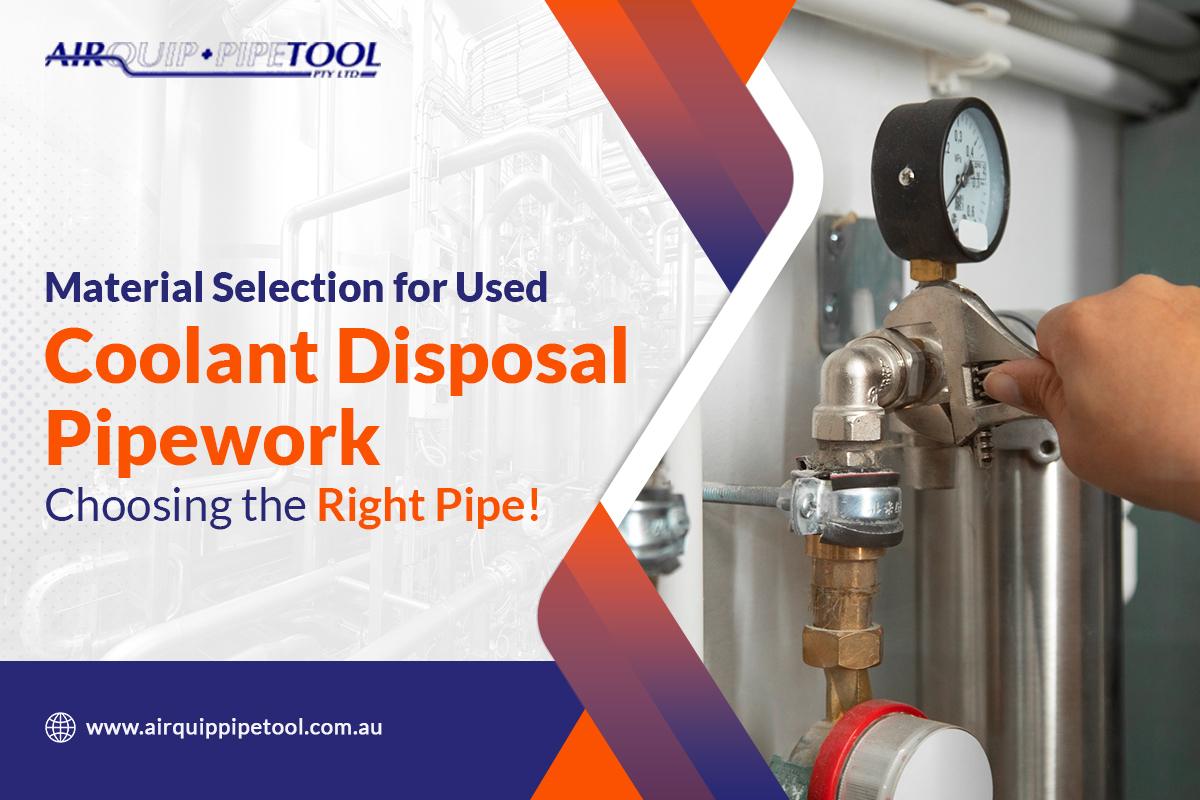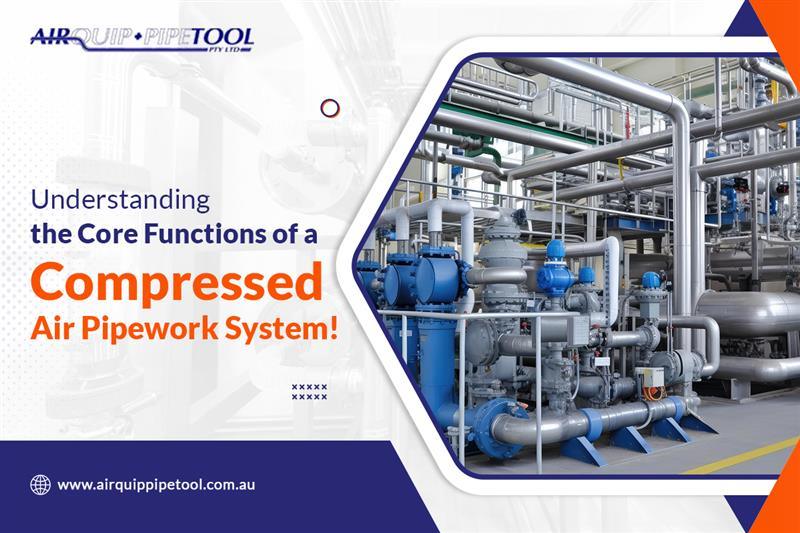- by airquippipetool
- . 19 Nov 2025
Pressure Drop In Compressed Air Reticulation Systems: Causes, Consequences & How to Minimise It?
An efficient industrial air network is about ensuring steady pressure, minimal energy loss and reliable performance from the first compressor discharge to the tool on the line. With well-designed compressed air reticulation systems, businesses can cut waste, avoid downtime and maintain peak productivity. Yet one of the most overlooked issues is the dreaded pressure drop, which can quietly sap efficiency and raise costs.
Pressure drop happens when the pressure delivered by a compressor falls before reaching the point of use. In a properly installed compressed air pipework service, the aim is to keep pressure loss below 10 % of the compressor’s discharge pressure.
Exceeding that threshold means tools perform poorly, energy bills go up and wear and tear increases.
In compressed air reticulation system setups, pressure drop often comes down to three key issues: undersized pipes, excessive length or many fittings and valves causing friction. Even times, poor maintenance allows moisture, dirt or corrosion to build up.
For example, when the pipe velocity is too high or the internal diameter is too small, pressure loss escalates rapidly.
Filters, dryers and connectors can also introduce unexpected loss if they’re not selected or maintained correctly.
When your compressed air lines in Adelaide’s network suffer excessive pressure drop, the consequences are real:
Production slowdowns, additional compressor load, and higher running costs. All this creates the need for premature equipment replacement. Many studies indicate that up to 20-40 % of compressed air is lost in industrial networks because of leaks or poorly designed distribution. From a system design and installation perspective, this directly affects the value of a professional compressed air pipework service.
To reduce pressure drop in your system, focus on proper design and ongoing care. Start with correctly sizing the mains and branch lines, choosing the right diameter so air velocity stays low, and planning routes with minimal bends. Using quality air compressor pipe fittings service in Adelaide providers ensures joints and connectors are optimised. Ensure treatment components like filters, dryers and separators are matched to your system flow and monitored regularly. Finally, use real-time pressure monitoring at key outlets to detect anomalies early.
With nearly 30 years of experience in designing and installing compressed air reticulation systems across South Australia, Airquip & Pipetool provide more than pipework—they deliver performance assurance. Their team assesses your exact demand, recommends optimised pipe layouts, selects high-quality fittings and supports long-term maintenance. By investing in expert installation and service, your network can operate reliably and efficiently, with minimal pressure drop and lower operating costs.
In the world of industrial air distribution, pressure drop is a silent thief of efficiency. By choosing the right partner for your compressed air pipework service and focusing on compressed air installation best practices, you protect your tools, your budget and your productivity. With expert reticulation design and ongoing system care, you gain the assurance that your compressed air network supports your operation—without compromise.
 " alt="">
" alt="">Pressure Drop In Compressed Air Reticulation Systems: Causes, Consequences & How to Minimise It?
 " alt="">
" alt="">Material Selection for Used Coolant Disposal Pipework: Choosing the Right Pipe!
 " alt="">
" alt="">Understanding the Core Functions of a Compressed Air Pipework System!

An efficient industrial air network is about ensuring steady pressure, minimal energy loss and reliable performance from the first compressor discharge to the tool on the line. With well-designed compressed […]

The materials used in coolant disposal pipework are the main factor. So, industries need to understand what material- HDPE, Aluminium, or Stainless Steel (316L) works best for their conditions. Airquip […]

The main gases in compressed air are nitrogen (78%) and oxygen (21%). Compressed air molecules are small and possess kinetic energy, enabling them to travel at a higher speed. Also, […]
Copyright © 2025 airquippipetool | All rights reserved